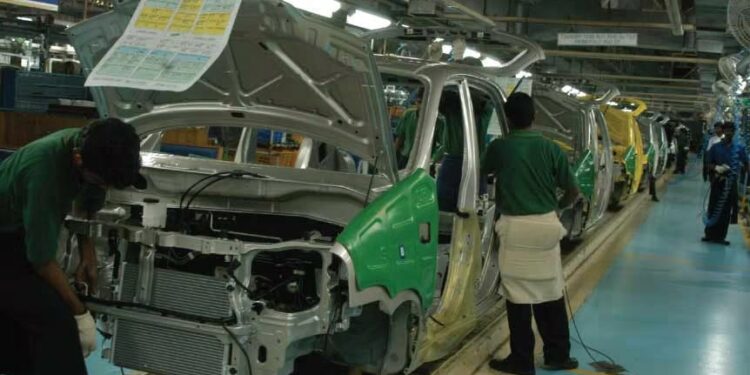The Revving Engine of Economic Recovery – Jeffrey Lupient

As global economies rebound from setbacks such as the COVID-19 pandemic, analysts and policymakers closely monitor specific indicators that signal economic recovery. One such barometer, often overlooked amidst traditional financial metrics, is the rate of car purchases at dealerships. According to industry insiders like Jeffrey Lupient, an uptick in auto sales is not merely a sign of consumer confidence; it’s a complex reflection of broader economic vitality, indicative of improvements in employment, production, consumer spending, and future economic expectations.
Consumer behavior, especially regarding substantial, long-term investments like buying cars, is a telling sign of economic health. Post-crisis, as personal finances stabilize and confidence in the market rebounds, individuals are more inclined to undertake large financial commitments they would have shied away from during economic downturns. Cars, often considered more of a necessity in regions lacking comprehensive public transportation, are typically one of the first ‘big-ticket’ items that experience a surge in sales. This increase is not just a reflection of pent-up demand, but also a vital indicator of restored consumer confidence, signaling broader economic recovery.
Employment and Disposable Income
A boost in car sales inherently points towards growth in employment rates. As people return to work following an economic crisis, there is a corresponding increase in disposable income, allowing for investments like new vehicles. In this sense, a busy car lot is a microcosmic reflection of decreasing unemployment rates. Moreover, when people buy cars, it’s often because they need them for their commute to work, suggesting not just that jobs are returning, but that they are expected to remain stable.
The Ripple Effect on Manufacturing and Ancillary Sectors
The automotive industry is a significant contributor to economic sustainability due to its extensive supply chain. An increase in demand at the dealership level impacts manufacturing orders, stimulating production in ancillary industries such as steel, glass, rubber, and more. This demand creates a positive ripple effect: as car manufacturers increase production, they subsequently order more parts, thereby benefiting the sectors that produce these components. Thus, the effect multiplies across industries, contributing to the overall GDP.
Fiscal Policies and Dealer Financing Trends
A surge in dealership sales also reflects the efficacy of government economic policies. Reduced interest rates and stimuli often aim to make borrowing cheaper and encourage consumer spending to revitalize the economy. When these policies are effective, one of the first sectors to benefit is the auto industry, given the prevalence of financing in new car purchases. Consumers are more likely to buy when interest rates are low, and they feel economically secure enough to manage car loan payments, making financing trends at dealerships a clear indicator of these policies at work.
Looking Ahead with Optimism
While buying cars is but one indicator among many, its multidimensional impact makes it a particularly compelling sign of economic resurgence. As we navigate the aftermath of economic downturns, a bustling car market serves not only as a beacon of current economic revival but also as a forecast for sustained growth. It underscores the interconnectedness of various economic sectors, highlighting that recovery is not an isolated event but a communal stride towards financial stability.
In conclusion, next time the news reports increased car sales at dealerships, remember: it’s not just about more vehicles on the road. It’s a sign that the wheels of the economy are turning, potentially steering us towards more prosperous times.






